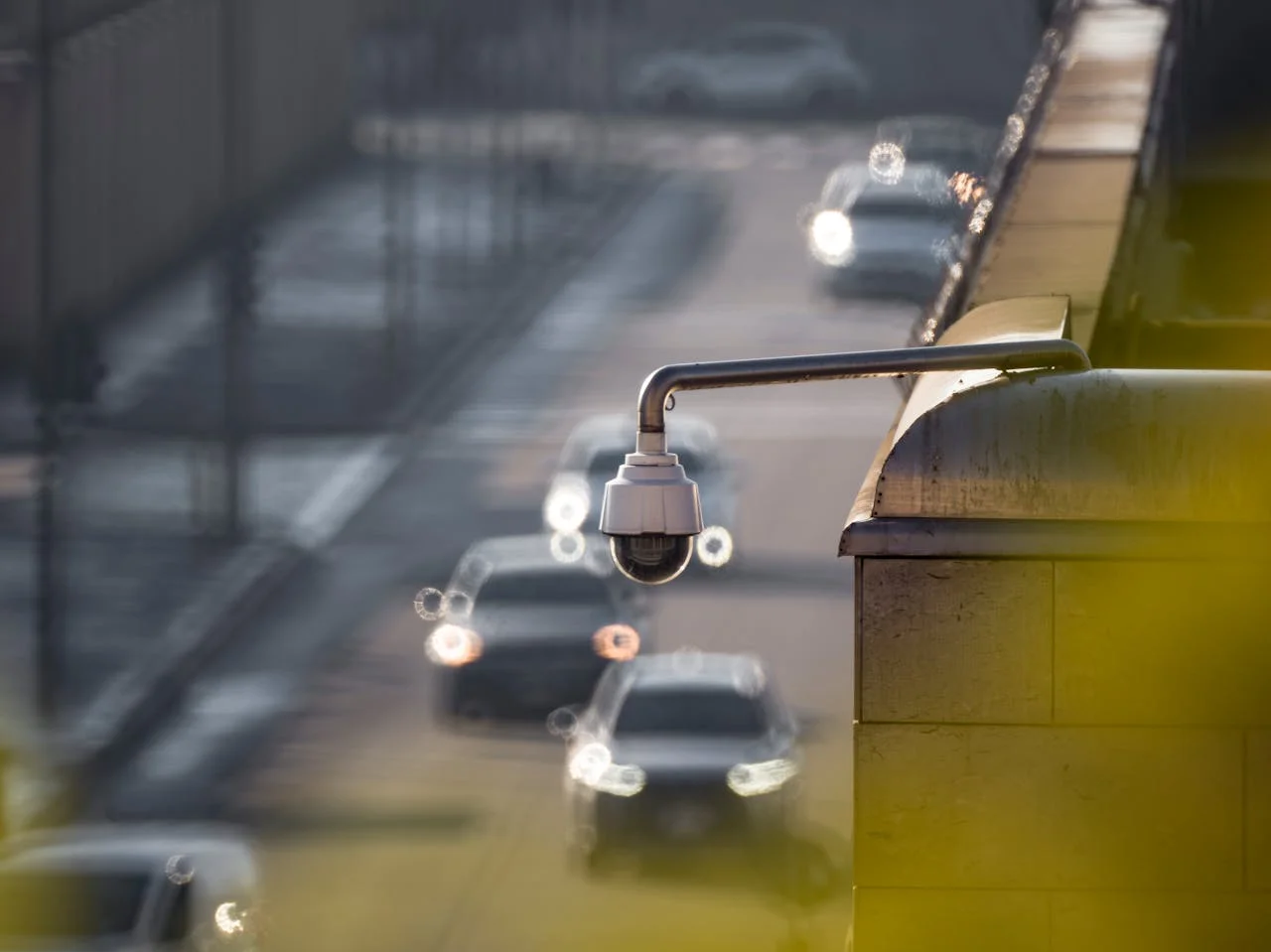Roads in the US are becoming busier than before. Statista reports that over 284 million vehicles were registered in America in 2023. The country is one of the largest automobile markets in the world—stereotype or not, it seems Americans do love their cars.
Besides the problem of traffic congestion and pollution, this situation has another worrying aspect: the incidence of road accidents. According to the US Transportation Department, over 40,000 people died in 2023 due to roadway accidents.
Some cities, like Edwardsville in Illinois, have lately been subject to distressing accidents such as the death of a 14-year-old in a utility vehicle crash. The city has also recently experienced fatalities among pedestrians.
In these circumstances, smart cameras are worth exploring and leveraging for traffic enforcement and building safer cities. However, what would doing so mean for our privacy and freedom on the roads?
How Smart Cameras Facilitate Bias-Free Traffic Enforcement
Imagine traffic cameras on busy streets, watching vehicles and staying vigilant to rulebreakers. It paints a reassuring picture.
Smart cams, when installed and maintained optimally, can limit incidents of speeding and red light running. Traffic Technology Today notes that these cameras can detect far more offenders than possible through manual efforts. Moreover, the latter has the risk of bias: the chances of police discrimination against minorities in the community are considerable.
The US joins other countries, like the UK, in utilizing cameras for regulating traffic and avoiding accidents. Earlier this year, some busy roads in England installed new speed cameras based on infrared low-light technology. These cameras capture the average speed of a vehicle, clicking images without the need for flash.
The possibilities of what we can attain through smart cams are plentiful. For example, it may be viable to send notifications and warnings to drivers. They can stay alert to the possibility that the next time their traffic behavior can incur a penalty. The deterrent effect of automated enforcement can ensure that more people abide by traffic rules that foster safety.
One Step Further: Smart Traffic Cameras That Integrate AI
Smart cameras decidedly have potential. But it increases manifold when AI joins the league.
NBC News assesses the possibility of issuing real-time feedback to drivers if traffic cams could integrate artificial intelligence. Some projects currently in testing make it feasible to warn drivers and encourage modifications in behavior. The engagement is immediate, potentially leading to better results than receiving a speeding ticket in the mail after several weeks have passed.
This prompt engagement could reduce the likelihood of errant drivers going on to cause accidents due to overspeeding or reckless driving. An auto accident lawyer typically refers to traffic cam footage while building a case for victims. Knowing that evidence will be easily available can deter irresponsible driving.
Further, according to TorHoerman Law, road accident victims can receive support from legal counsel that focuses on gathering evidence and establishing fault. AI-driven cameras could strengthen this legal process by providing much more detailed information on the factors leading to the incident.
The Trust Question: How Secure Are Smart Traffic Cams?
Although the US can evidently benefit from this intervention for traffic enforcement, one question that emerges is: how secure will our privacy be?
Consider the scope of data that automated cams can collect. It does not stop at license plates or photographs of the driver. Some cams can even judge if the driver is distracted, i.e., looking at the phone. The assigned confidence level decides if it constitutes a violation.
ZDNET reports that this technology has already been experimented with in Minnesota. Many more US states, such as North Carolina and Arkansas, may also embrace it in the near future. It is a pertinent example of integrating artificial intelligence with human discretion (since an official does have the final decision).
When smart cameras are allowed to gather so much information about drivers and their vehicles, it can create unease in the community. It triggers apprehension among community members about whether the collected data may be misused or sold.
As the US prepares to scale up tech-led interventions for road safety, it will become crucial to allay privacy concerns. Some providers claim that their technology uses secure network architecture to protect the privacy of the users whose data is captured. This network restricts unauthorized access, allowing only government agencies to use it (and that too with necessary blurring).
Technology providers and the corresponding authorities can also learn from the drawbacks of smart traffic signal systems. A hacker can use these systems maliciously, disrupting traffic and causing a massive congestion on already busy roads. As more devices become interconnected in the massive Internet of Things, these risks are no longer fiction.
Final Word
US roadways are experiencing several new developments, from more electric cars to smart road safety technologies. Automated, AI-led cameras can contribute to making them safer for drivers and pedestrians. However, their implementation and monitoring will require close adherence to safety and security standards. The balance between necessary surveillance and privacy is delicate, and any new technology must value it to be sustainable.



